りゅうきゅうびんがた
Ryukyu Bingata
琉球紅型
沖縄県
戦後は城間栄喜が復興させた、沖縄唯一の染物。
染織王国と呼ばれる沖縄にあって、唯一の染物である「紅型」。照りつける太陽、エメラルドグリーンの海、真っ白な雲と原色の花々・・・南国の自然を再現したかのような力強い意匠が特徴の染め模様は、見る者を華やかな琉球王国へ誘います。 「紅」とは紅色に限らずすべての色を意味し、「型」は染を意味することから、「紅型」は「多様な色で染められた染物」という意味になります。 14世紀~16世紀頃の琉球王国は大交易時代を迎え、印度更紗やタイ更紗、中国の印花布などの技法、さらに日本の室町文化の影響も受け、琉球紅型は東洋のあらゆる染色技法と文化を吸収し、琉球王国の保護の下で育まれていきました。 18世紀より王府により任じられたのは「沢岻家」「知念家」「城間家」の三宗家。第二次世界大戦により壊滅的な被害を受け、道具も全て失った焼野原から、紅型宗家の城間栄喜氏が見事復興させ、現在へと伝統技術をつないでいます。
Ryukyu Bingata
Okinawa Prefecture
Ryukyu Bingata was developed over centuries in Okinawa by absorbing different styles and techniques from all around Asia.
The art of Bingata was lost due to the second world war, but was revived by Shiroma Eiichi. It remains as the only type of surface dyeing in Okinawa.
Textiles from Okinawa are so famous, it is often refereed to as the kingdom of weaving and dyeing. Although many different types of textiles are woven in Okinawa, there is only one type of surface dying native to this area, it is called Bingata. The bright sun, emerald green sea, starkly white clouds high in the sky, and brightly pigmented local flowers are often features in most creator’s work. Okinawa’s vistas are translated beautifully in vivid works of art.
The name Bingata, is written with two characters 紅型. The first character usually means red, but in Okinawa it means all colors. The second character, 型 , kata gata means stencil.
The beauty of these Bingata works of art beckon the view ewer to Okinawa to see these beautiful saturated colors in person.
From the 14th to the 16th century, the Ryukyu kingdom, which at this time was not part of Japan, entered a period of great trade with other countries in the surrounding areas. Bingata was heavily influenced by chintz from Thailand, India, and traditional Chinese indigo stencil dyeing.
From the 18th century, three families, the "Takushi", "Chinen", and "Shiroma" families, were appointed by the King's government. After the devastation of World War II and the loss of all tools and equipment, the Bingata head of the family, Eiki Shiroma, successfully restored the art and has continued to pass on the traditional techniques to the present day.
この産地の作品
This Origin’s
Products
Products
この産地の
作品が含まれる
コーディネート
Coordinates
with
This Origin's
Product
作品が含まれる
コーディネート Coordinates
with
This Origin's
Product
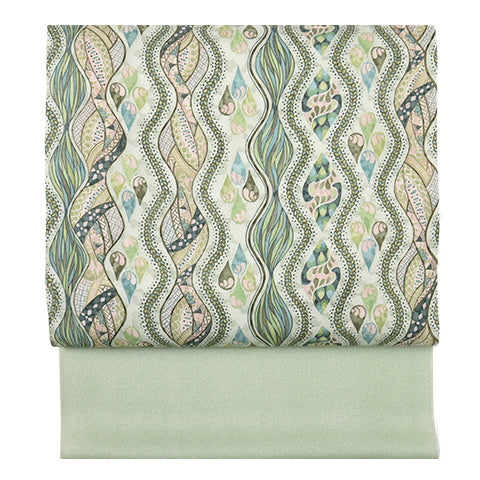 名古屋帯
名古屋帯
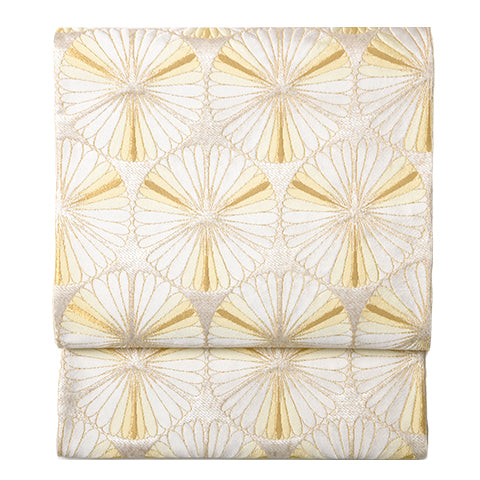 袋帯
袋帯
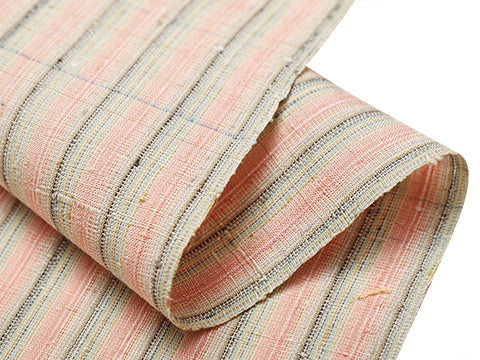 紬・綿・自然布
紬・綿・自然布
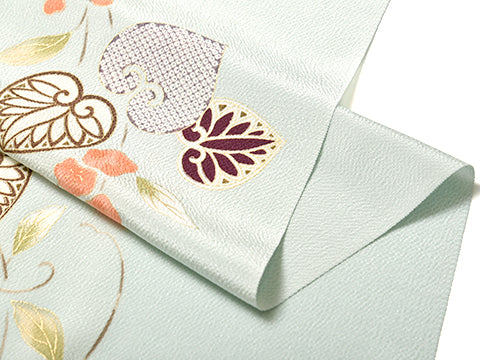 小紋・江戸小紋
小紋・江戸小紋
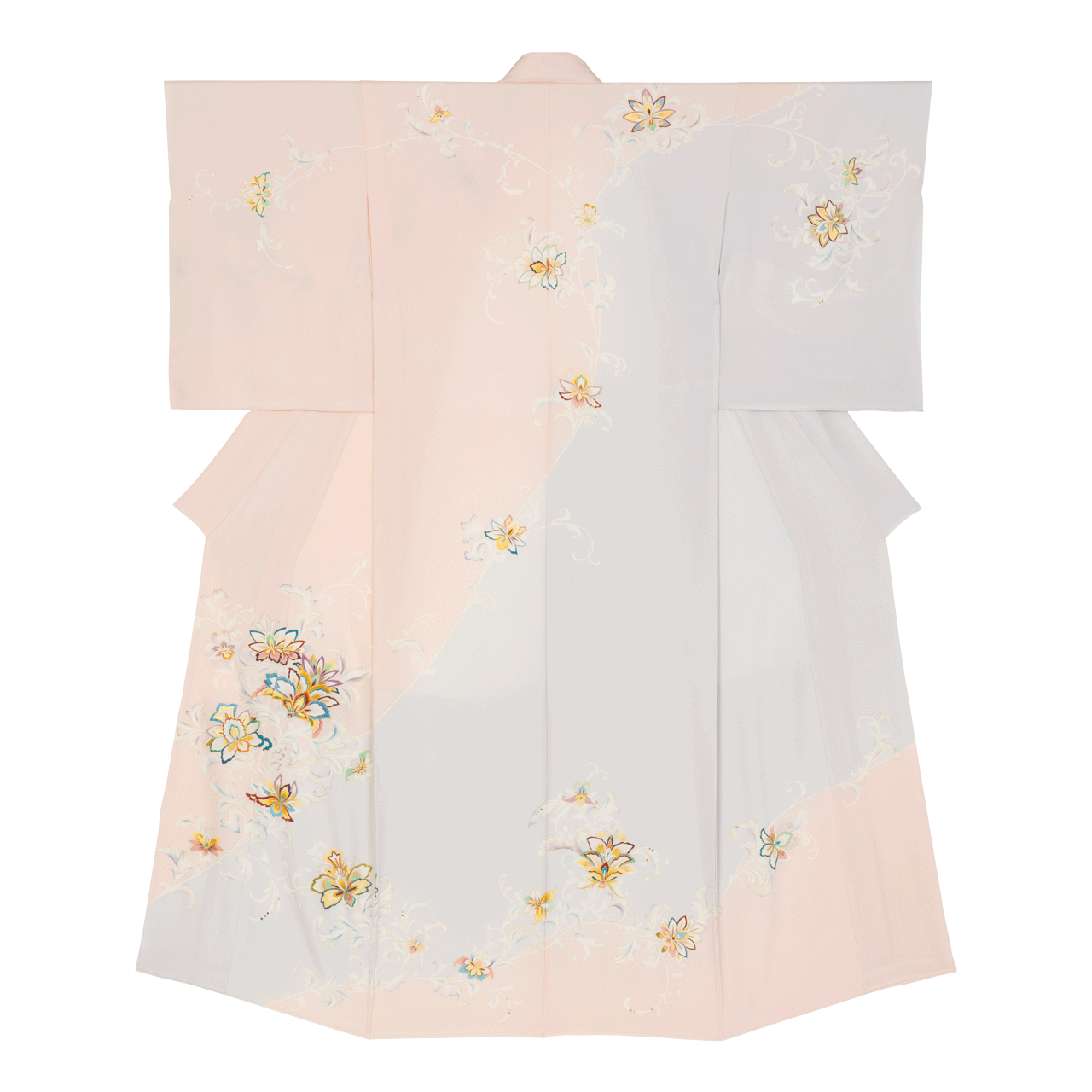 訪問着・付下げ・色無地ほか
訪問着・付下げ・色無地ほか
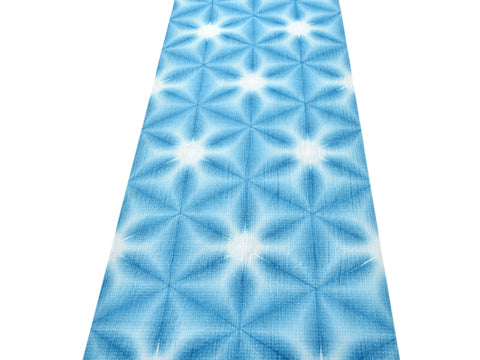 浴衣・半巾帯
浴衣・半巾帯
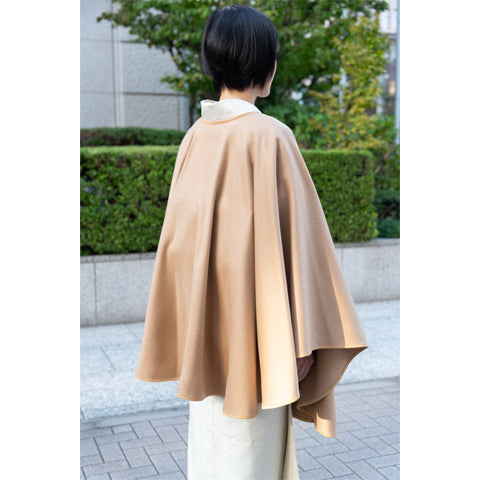 羽織・コート
羽織・コート
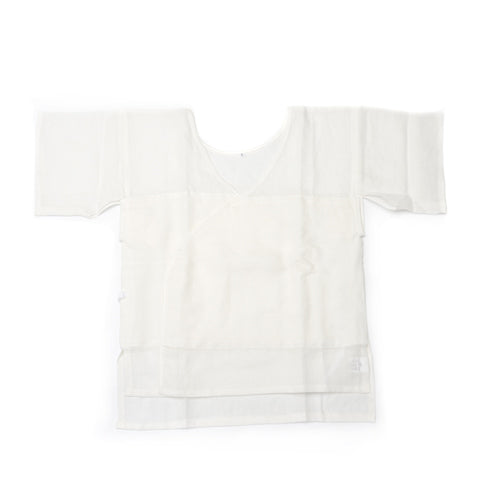 肌着
肌着
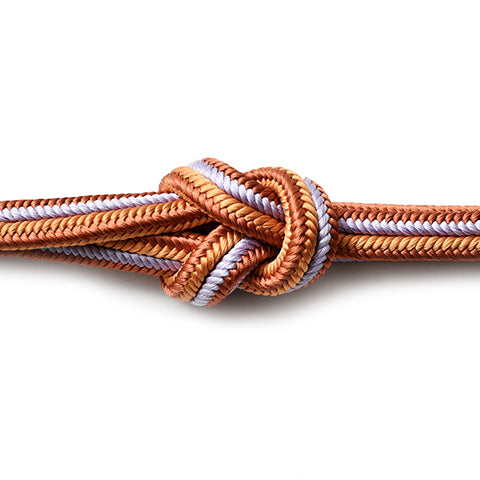 小物
小物
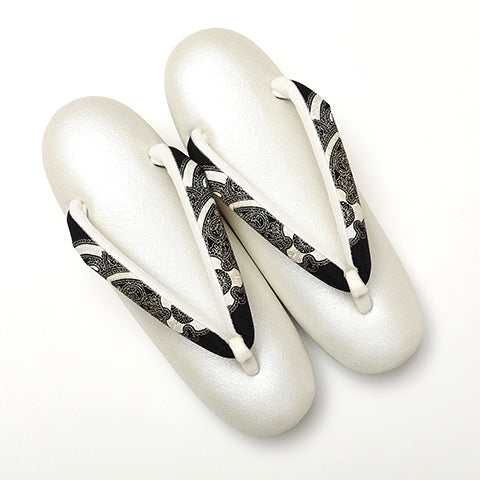 履物
履物
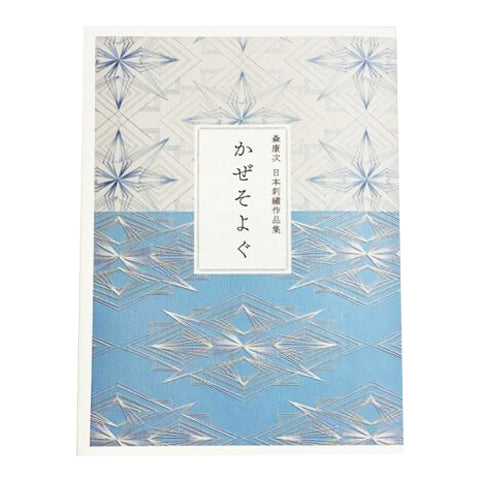 書籍
書籍
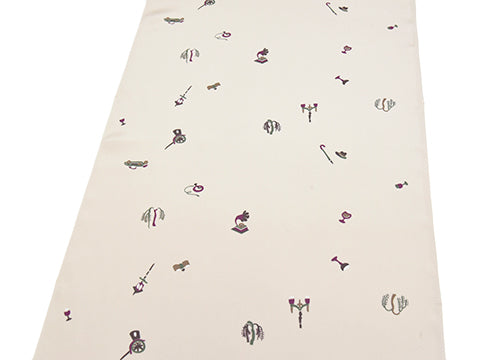 長襦袢
長襦袢
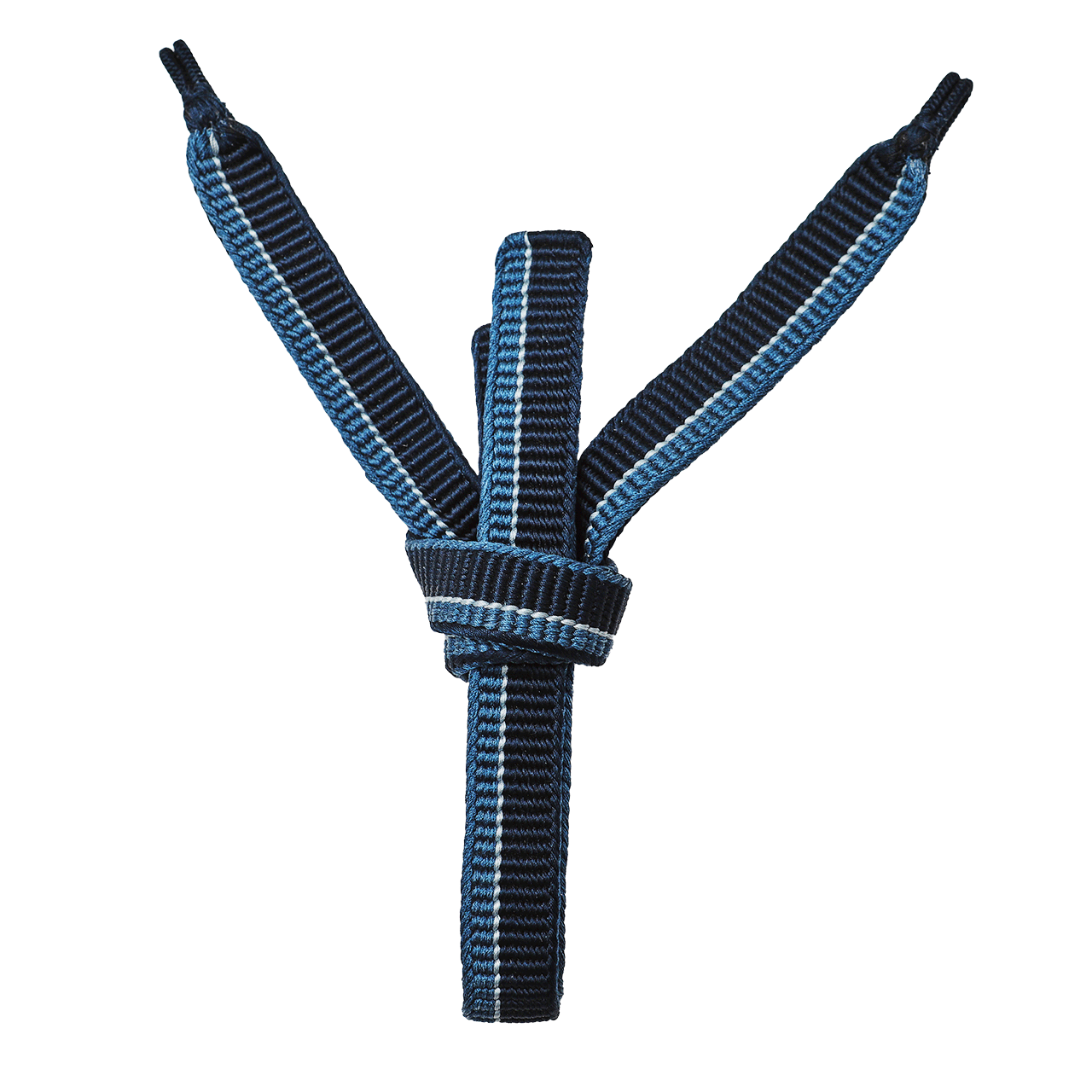 小物
小物
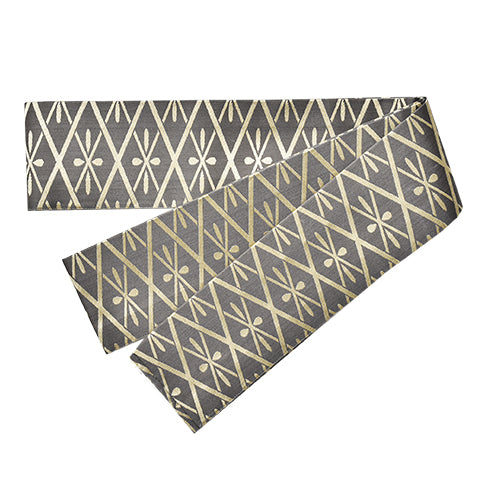 帯
帯
 お召
お召
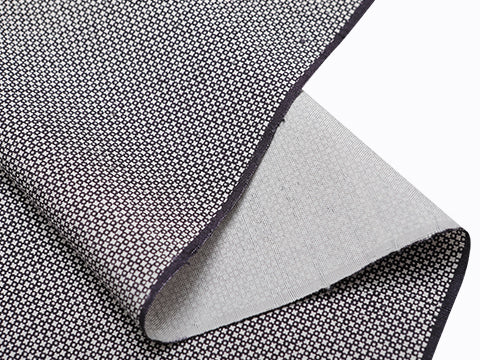 小紋・江戸小紋
小紋・江戸小紋
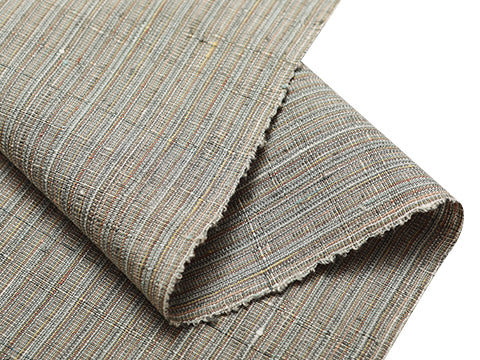 紬・綿・自然布
紬・綿・自然布
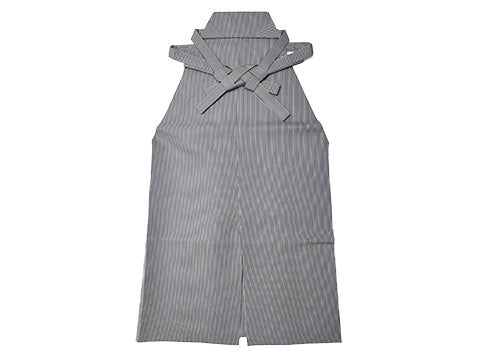 袴
袴
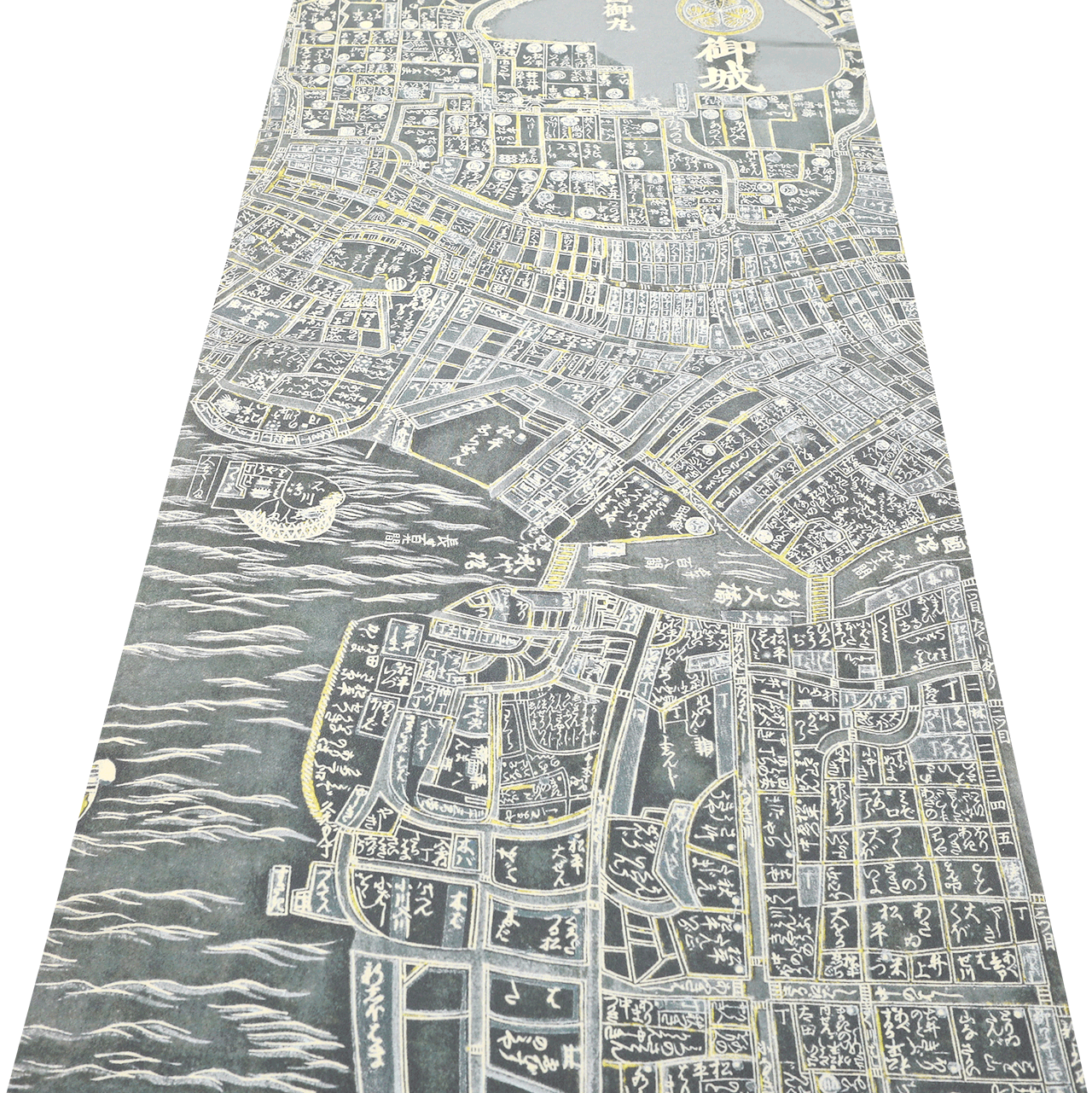 長襦袢
長襦袢
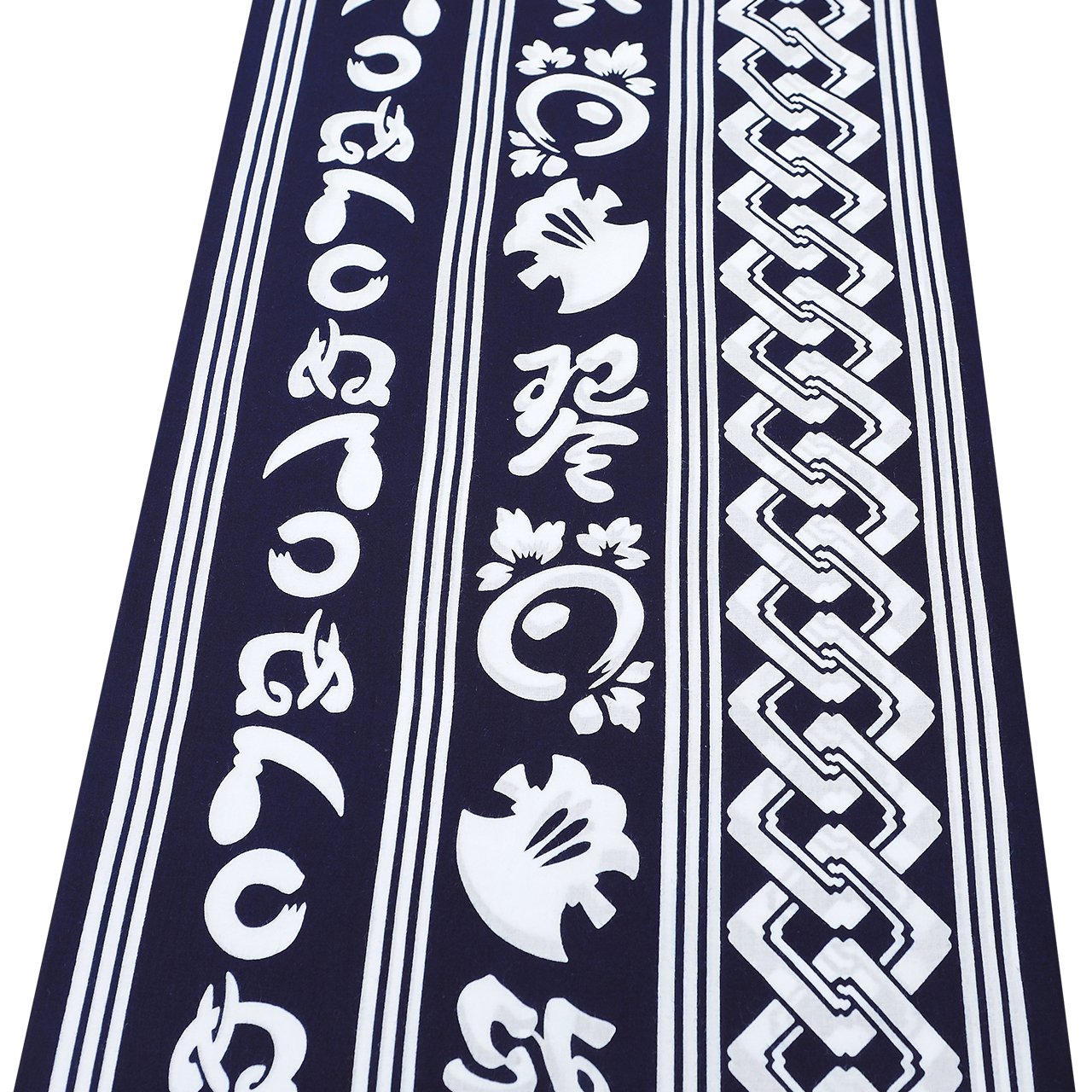 浴衣
浴衣
 羽織・コート
羽織・コート
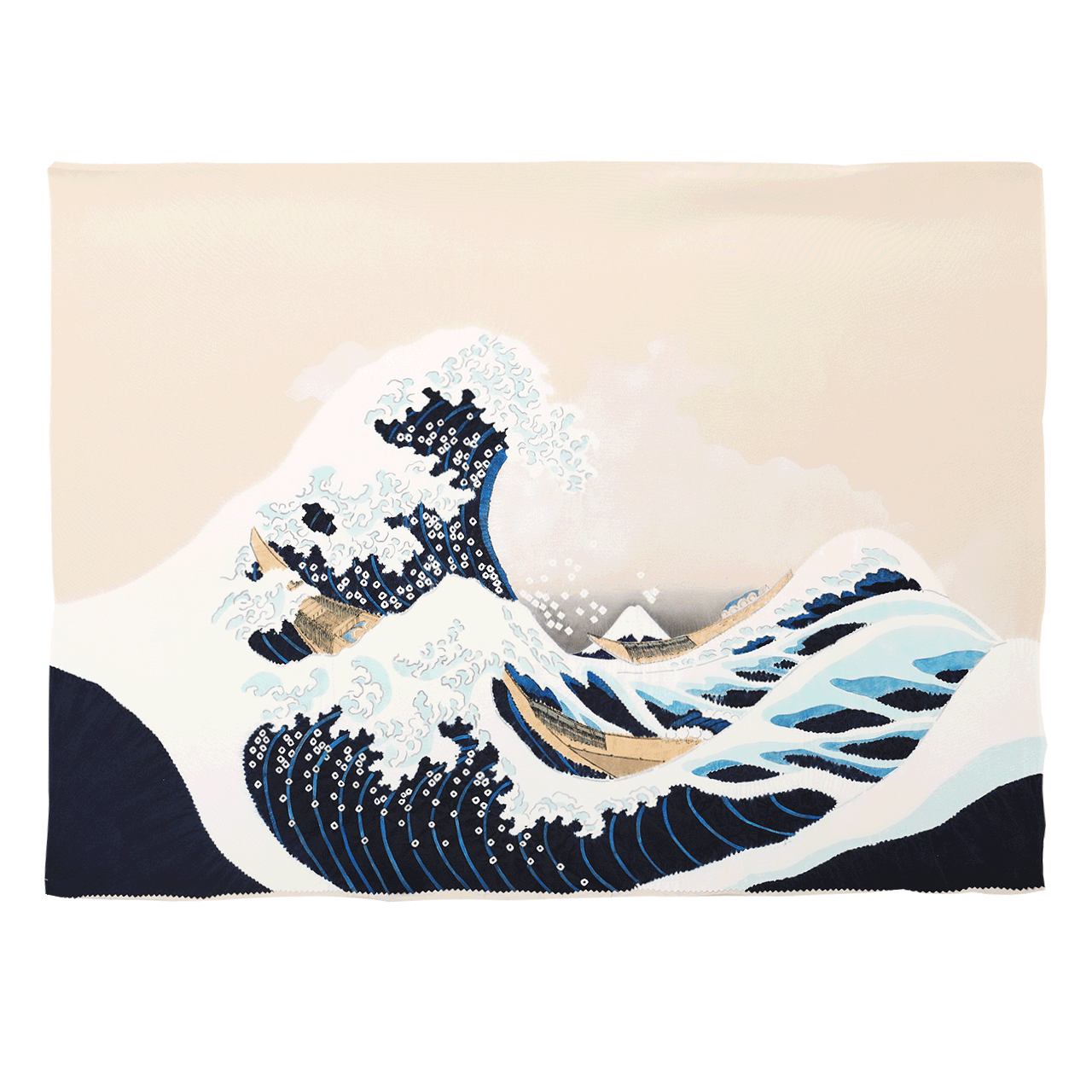 額裏
額裏
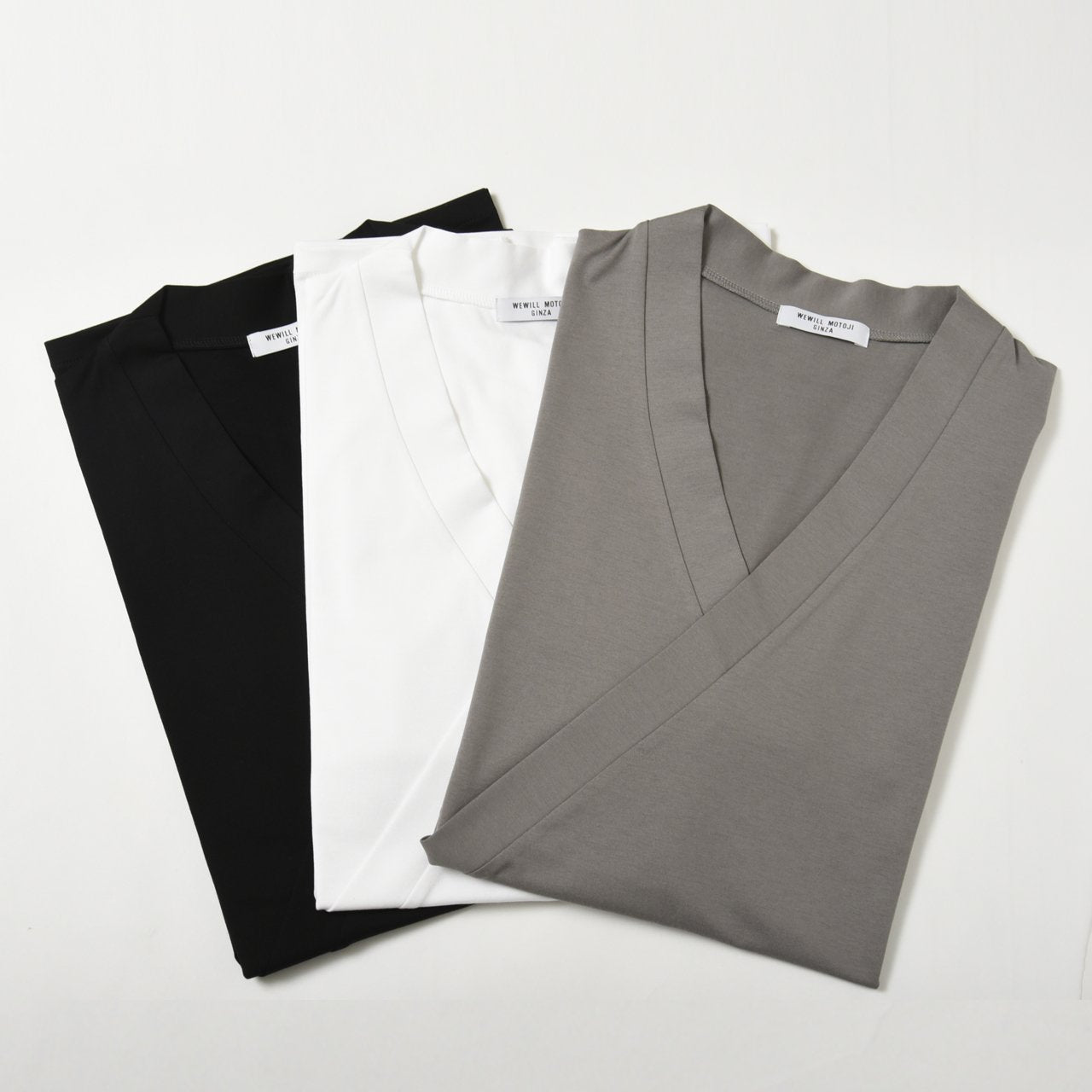 肌着
肌着
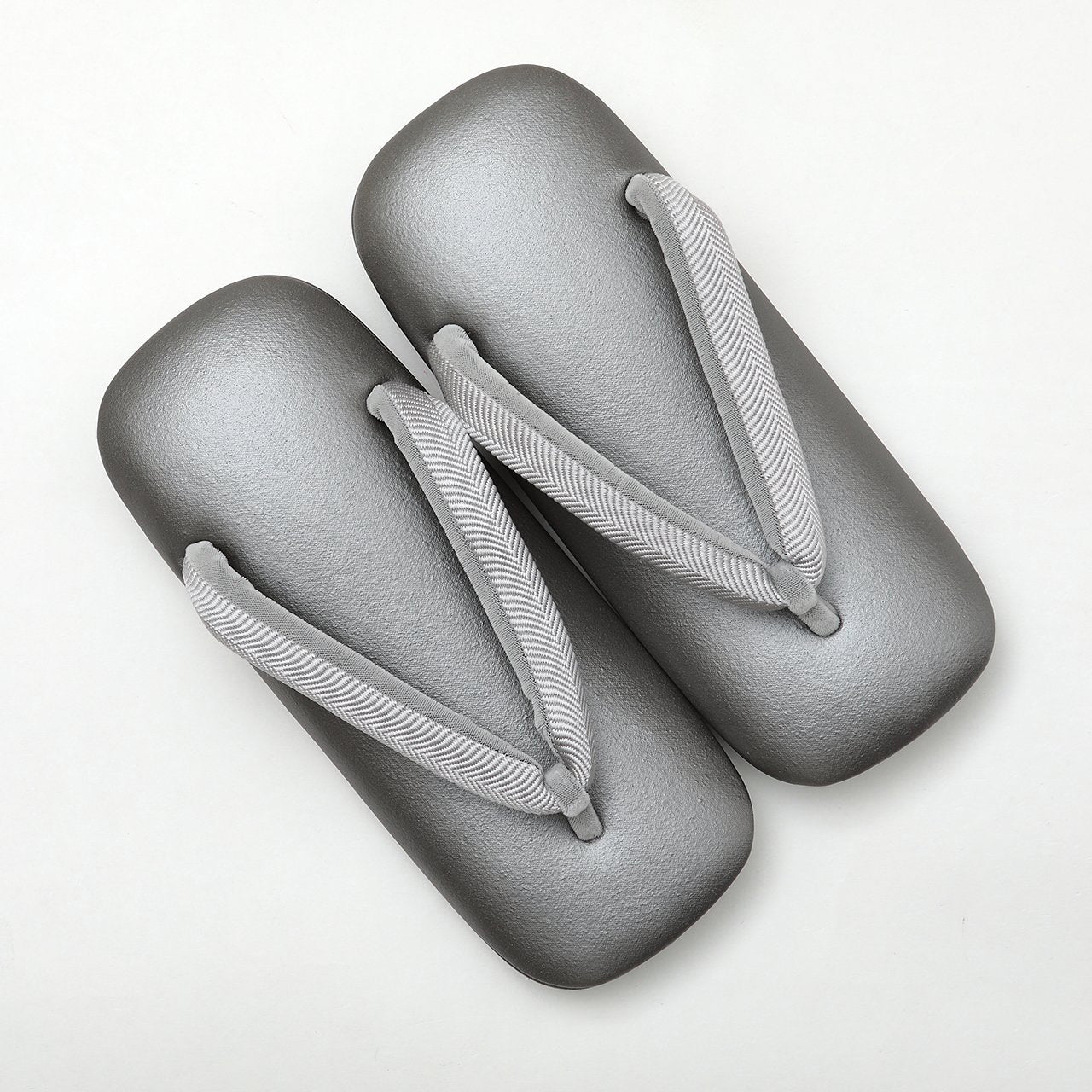 履物
履物
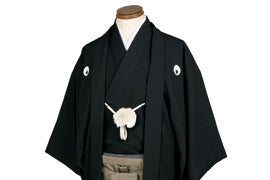 紋付
紋付
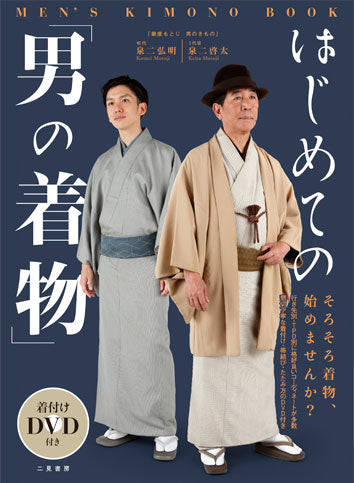 書籍
書籍